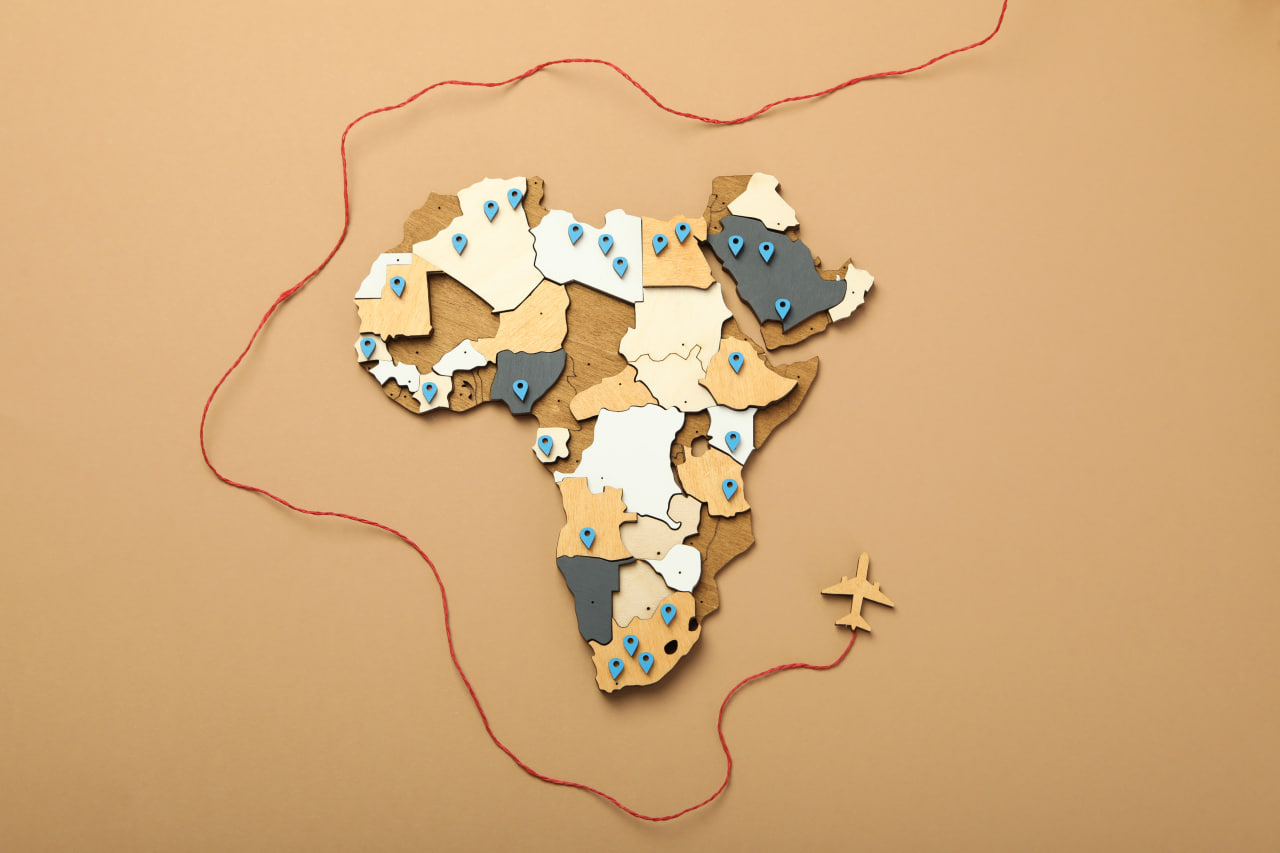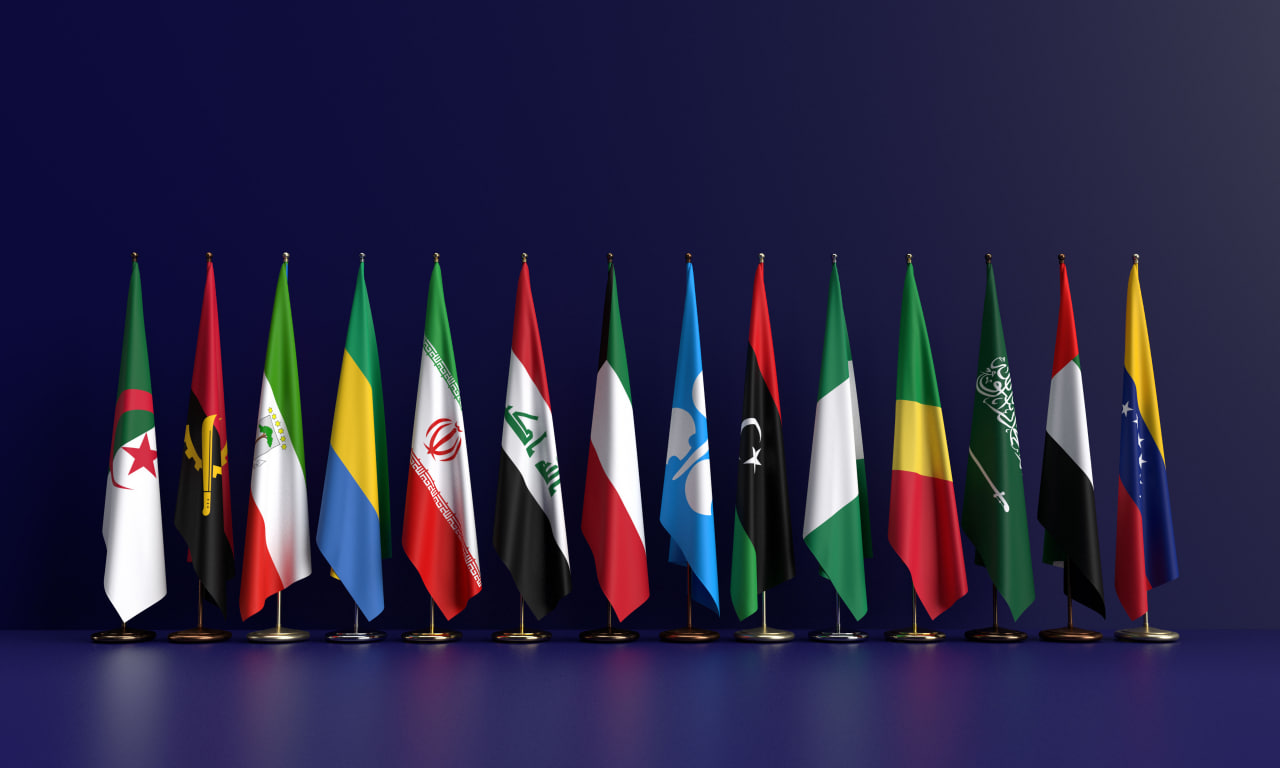1. Introduction
Africa remains one of the world's fastest-growing markets, yet Iran’s trade—around $1.3 billion in 2024—represents only a small slice of the continent's massive $1.5 trillion trade volume (financialtribune.com, tehrantimes.com). With geography, political alignment, and resource synergy in its favor, Iran has a unique opportunity to export high-value, value‑added products across Africa—from agro-processing to petrochemicals and beyond.
2. Why Africa? A Continent Hungry for Added-Value Goods
Underpenetrated Markets: Despite high untapped demand, Iran's exports to Africa account for just 0.1–0.2% of African imports .
Diversifying Away from Western Partners: African nations are keen to reduce dependency on EU, US, and Chinese suppliers—opening space for Iranian goods .
Fast-Rising Trade Growth: Iran’s exports rose 36% year-over-year in late 2022, and surged 185% in 2023 compared to pre-pandemic levels (tehrantimes.com).
3. Which High-Value Iranian Products Sell Best
🔹 A. Iron & Steel
Exports include ingots, profiles, and floorings. In 2022, steel exports to South Africa reached $247 M, making it one of Iran’s top markets (financialtribune.com).
🔹 B. Petrochemical Products
Urea, bitumen, LPG, and butane are in high demand, evidenced by roughly $44 M in urea exports and $20 M in bitumen in just four months of 2023 .
🔹 C. Processed Food & Agricultural Goods
From floorings (likely food-grade materials) to processed foods, Iran is increasing agricultural exports to Africa—up 18% during part of 2023 (tehrantimes.com).
🔹 D. Technical & Engineering Services
Infrastructure projects—rail, power, and construction services—valued at nearly $300 M are already underway .
4. Challenges to Overcome
Logistics: Poor port infrastructure and lack of direct shipping lines constrain trade. Iran has begun launching routes like Bandar Abbas–Mombasa to address this (en.irna.ir).
Banking & Sanctions: Sanction limitations complicate payments. However, barter agreements and local currency settlements (e.g., with Nigeria) have been successful .
Regulatory Complexity: Each African country has its own customs, standards, and tariffs. Getting certifications, quality control, and local partnerships right is essential.
Brand Awareness: Despite product match, “made in Iran” still needs strong trust-building through certifications and after-sales support.
5. Smart Strategies for Market Entry
📌 A. Focus on Key Markets with Strong Iranian Volume
Start with South Africa, Mozambique, Ghana, Nigeria, Kenya, Sudan, Tanzania, Ivory Coast, which collectively account for over 60% of current trade (tehrantimes.com).
📌 B. Add Value with Processed Goods
Shift from raw commodity exports to value-added products (e.g., branded urea, prefabricated steel modules, packaged foods, technical maintenance services).
📌 C. Build Presence via Trade Missions
Participate in African trade expos (e.g., Lagos, Nairobi, Johannesburg), establish “Iran Trade & Business Centers” to facilitate B2B matchmaking (financialtribune.com).
📌 D. Strengthen Logistics Infrastructure
Deepen shipping links like Bandar Abbas–Mombasa, develop transshipment hubs, and pair sea routes with land corridors across East and West Africa (en.irna.ir).
📌 E. Design Flexible Payment Structures
Use barter (e.g. commodities for agricultural exports), local currency invoicing, and establish partnerships through financial enablers in Gulf states to navigate sanctions.
📌 F. Secure Quality & Compliance
Obtain ISO/HACCP/EAC certifications, GMO-free labels, halal certifications, and test reports—particularly for food, chemicals, and industrial materials.
📌 G. Create Local Partnerships
Work with local distributors, engineering firms, and government-linked entities to provide on-ground support and infrastructure access.
6. Case Insights & Market Signals
Oil, engineering services, petrochemical goods, and industrial materials are seeing elevated demand as Iranian-African state visits have surged—President Raisi’s 2023 visits notably bolstered Kenya and Uganda ties (en.irna.ir).
Iran’s Trade Promotion Organization aims to raise Africa trade to $3 billion by 2025, and perhaps $5 billion within a few years .
From reddit:
“Iran aims to increase trade in Africa to around $5 billion per year.” (reddit.com)
7. Action Plan Timeline
| Timeframe | Actions |
|---|---|
| 0–3 months | Market research; select 2–3 pilot countries; audit product and compliance |
| 3–6 months | Secure logistics routes; apply for certifications; set up local partnerships |
| 6–12 months | Launch pilot shipments; attend regional expos; begin barter or flexible payment deals |
| 12–24 months | Expand across additional countries; invest in joint ventures/service centers; monitor KPIs |
8. Long-Term Potential
Sustainable Growth: Infrastructure demands and urbanization in Africa will raise need for engineering, construction materials, and agro-processing imports.
Crop Production/Education Swap: Iran could barter agricultural tech and services for Africa's produce—supporting food security and added value trade.
Strategic Diversification: As global powers shift, deeper Iranian‑African relations may position Iran as a reliable partner outside Western influence.
Conclusion
Exporting value-added Iranian products to Africa is far from opportunistic—it’s a strategic, long-term game. Iran is not just filling unmet demand; it’s positioning for resilience, diversification, and mutual growth. With smart logistics, certifications, payment mechanisms, and local partnerships, Iran can transform from exporting raw goods to building robust, value-added trade systems across Africa.
✅ Call to Action
Are you an Iranian exporter or trade official looking to expand into Africa?
Let’s help you:
Identify top target markets & partner profiles
Build logistics and trade route plans
Structure secure payment and barter agreements
Obtain essential certifications
Participate in African trade shows and investment tours
📩 Contact us for tailored African market strategy and implementation support.



